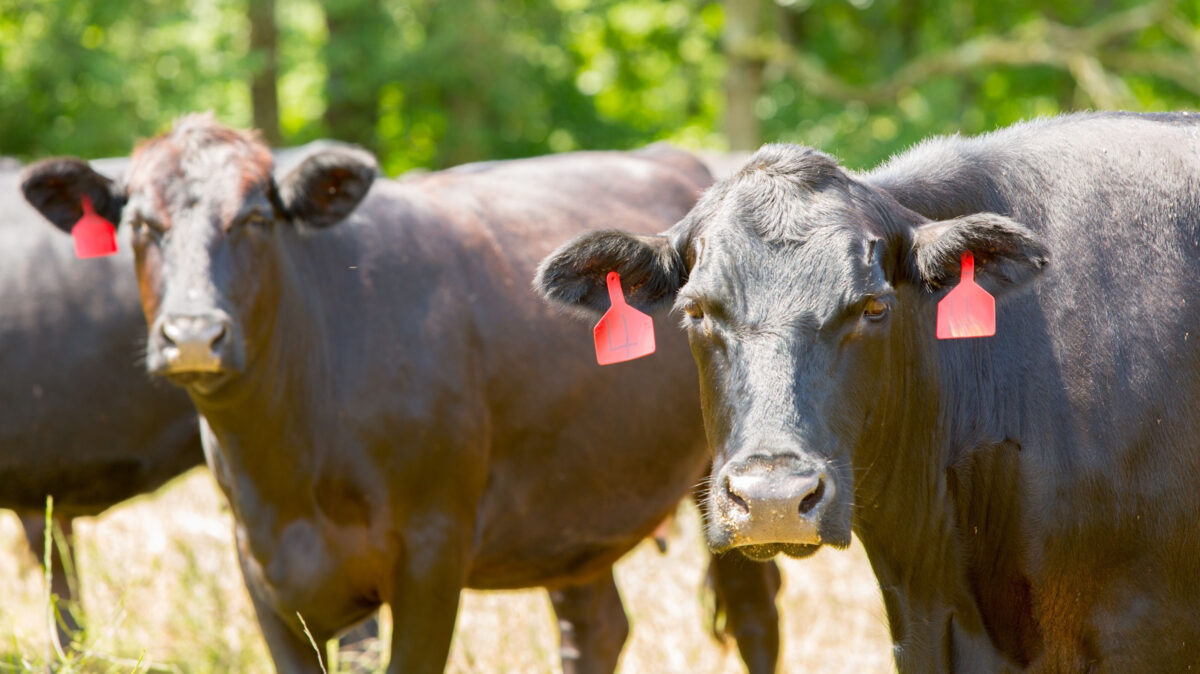May Cattle on Feed Report Shows Inventory Up, Placements Higher Than Expected
TOPICS
USDAMichael Nepveux
Former AFBF Economist

photo credit: AFBF
Michael Nepveux
Former AFBF Economist
USDA’s latest Cattle on Feed report, released May 21, shows the number of animals on feed as of May 1 is 4.7% above year-ago levels. The report provides monthly estimates of the number of cattle being fed for slaughter. For the report, USDA surveys feedlots of 1,000 head or more, as this represents 85% of all fed cattle. Cattle feeders provide data on inventory, placements, marketings and other disappearance. It is important to remember that due to COVID-19 disruptions last year, typical year-over-year comparisons need to be contextualized.
May Cattle on Feed Report
This report showed a total inventory of 11.725 million head in the United States on May 1, up from the same time in 2020 but down from last month, and down 0.7% from 2019. This 4.7% increase is a bit above analysts’ expectations of feedlot inventories increasing 3.9% from last year. This report marks the second-highest May inventory since the series began in 1996.

As usual, Texas, Kansas and Nebraska led the way in total fed cattle numbers, accounting for nearly 8 million head, or approximately 68% of the total on-feed inventory in the country. All three posted year-over-year increases, ranging from 5% to 7% higher than in 2020.

While total inventories are an important component of the report, other key factors include placements (new animals being placed on feed) and marketings (animals being taken off feed and sold for slaughter). Coming in at 27.2% above 2020, placements in April came in above the average analyst expectation of a 22.5% increase. The very wide range of forecasts for placements – 22% -- highlights the uncertainty in forecasting this specific variable while trying to account for the disruptions at this time last year. Drought conditions are leading to record levels of poor pasture conditions, potentially driving more feeder cattle into feedlots. However, higher feeding costs due to corn and soybean prices will make things difficult for feeders for the foreseeable future. Another factor to consider in higher placement numbers were higher levels of imported feeder cattle from Mexico for the time period. In April, placements clocked in at 1.821 million head, 389,000 head above a year ago but about 1% below 2019.
Marketings came in at 1.938 million head, or 32.8% above last year. This is right in line with the average analyst expectation of a 33% increase over year-ago levels. Marketings also had a decent range of expectations in this report (although much smaller than the range in placement estimates), with analysts’ predictions ranging from an increase of 29% to 36.4%. We are still seeing higher levels of heavier cattle on feed relative to normal history, although it is expected to be down from last year when cattle were backing up in the system due to constraints at the packing level. Strong marketings have been helpful in getting the situation into a more manageable level.

Summary
This May Cattle on Feed report is considered relatively neutral to bearish due to higher-than-expected placements. While the level of the increase in placements would normally be extremely bearish news, year-over-year comparisons should largely be avoided due to last year’s disruptions. The overall supply of cattle on feed is up nearly 5% over last year but almost 1% below 2019, and the number of animals marketed throughout April is well above a year ago, but right in line with expectations. Many producers’ attention will now be on the weather as dry conditions heading into the grazing season are leading to record levels of poor pasture conditions. Add to that feeding costs driven higher by corn, soybean and hay prices making it difficult for some producers to keep their animals out of the feedlot until they are heavier, and it’s likely to be a difficult summer ahead for some producers.
